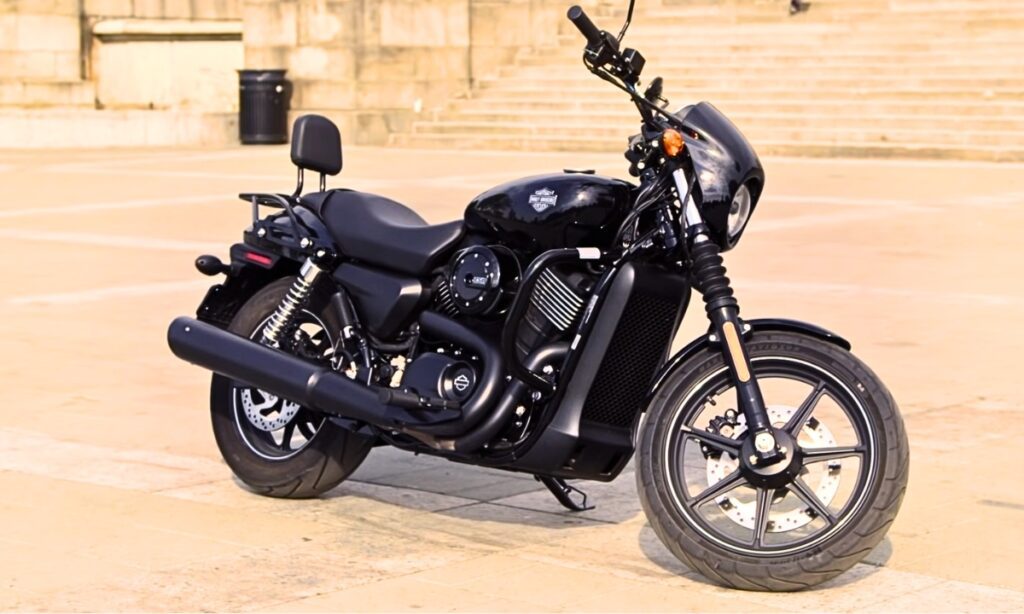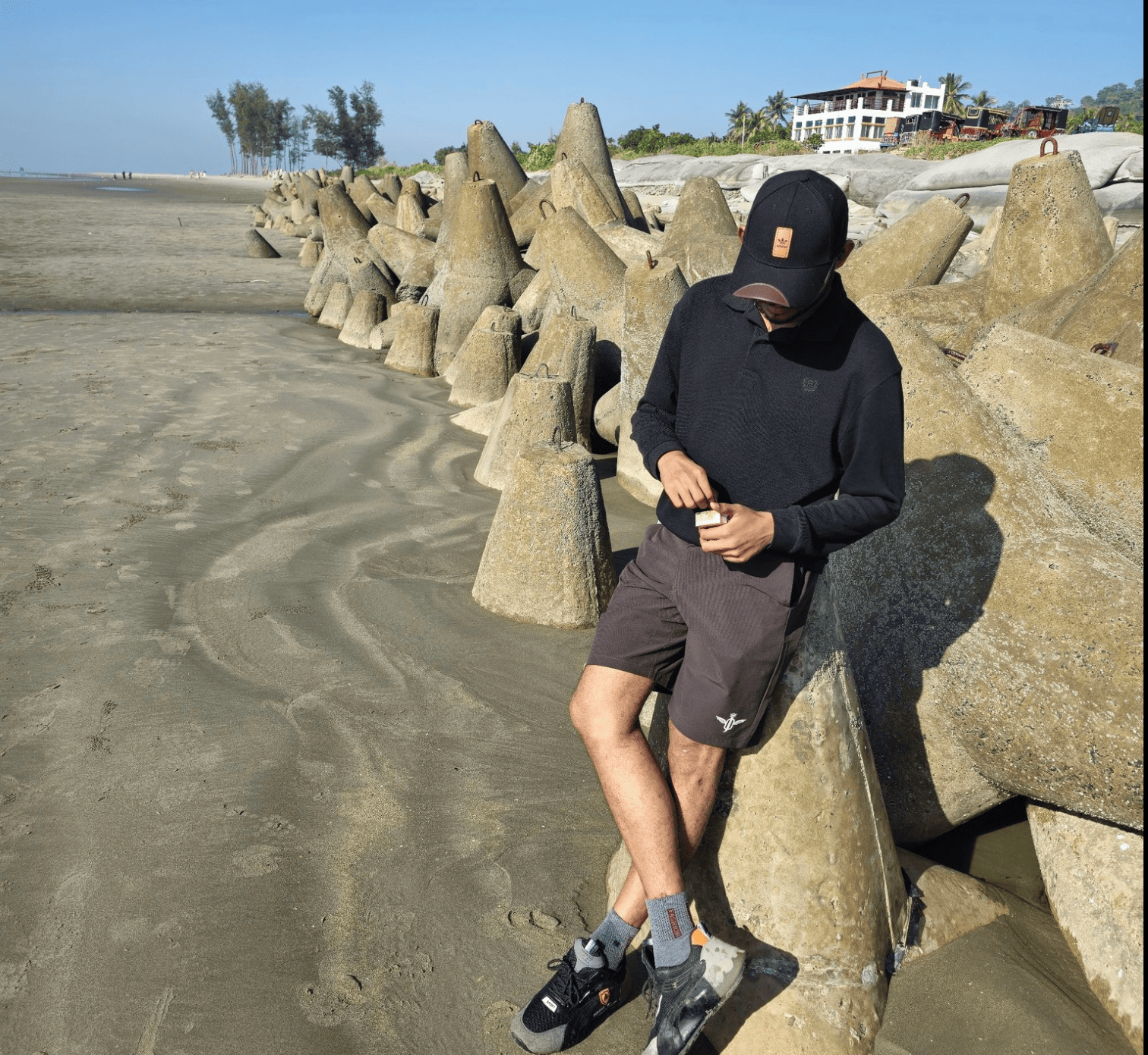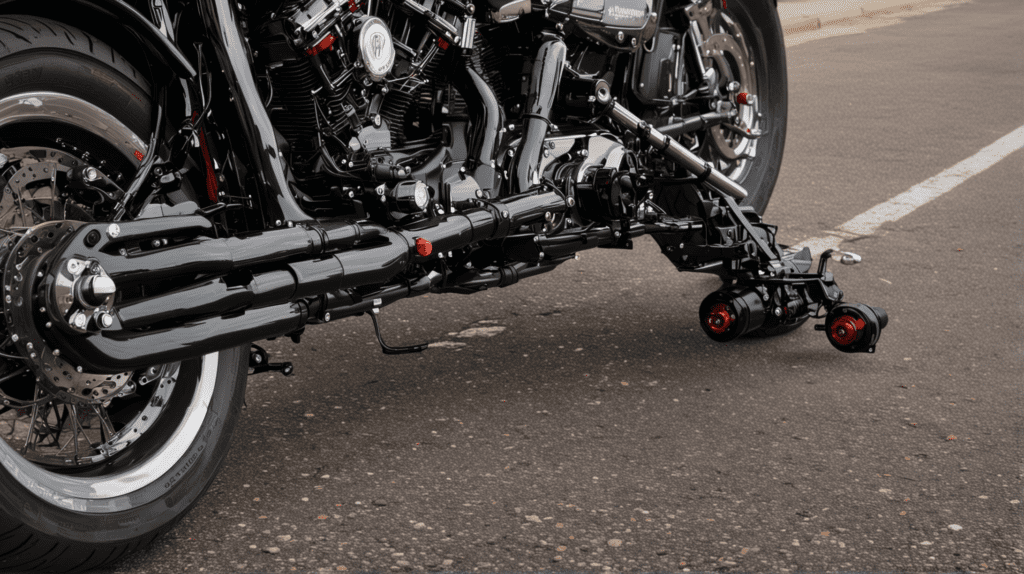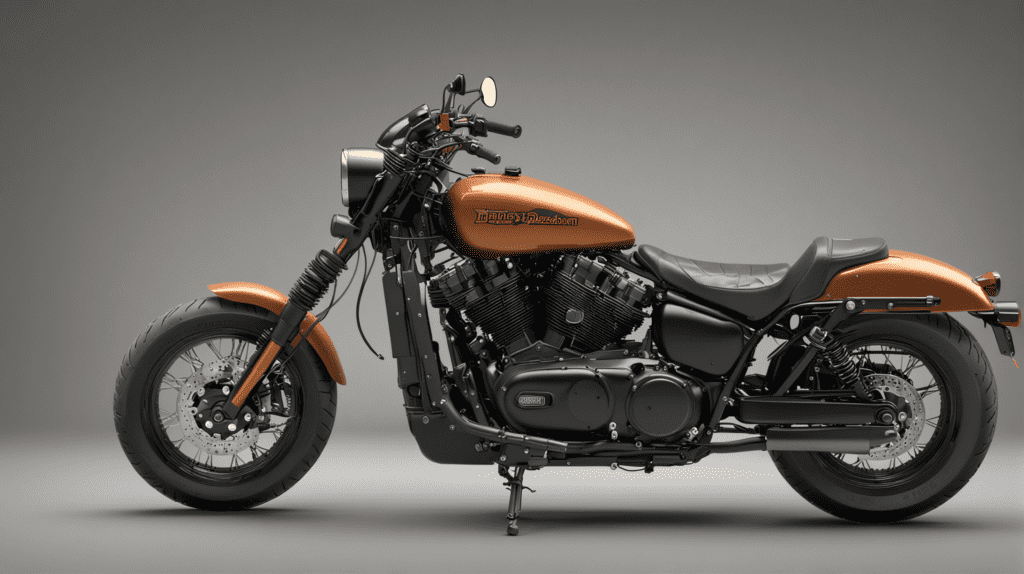The Harley Street 750, a staple in the Harley-Davidson line, has gained a reputation for its powerful performance and sleek design.
However, despite its popularity, it isn’t without its share of issues.
In this article, we will explore the common problems faced by Harley Street 750 owners, offering potential solutions that could help improve the riding experience.
Harley Street 750 Problems
One of the prominent problems is its braking performance, which some riders find less responsive than desired, particularly in emergency situations.
Another frequently reported issue is the build quality of the bike, with several complaints about cheap materials and components.
However, the fuel gauge is often cited as inaccurate, leading to unexpected stops for refuelling. Lastly, some riders have mentioned a lack of power in the higher rev range.

1. Lower & Stock Seat
One of the common problems that some riders have reported is its lower and stock seat. The stock seat, while stylish, is notorious for its lack of comfort during long rides.
Its lower positioning might appear appealing, especially to shorter riders, but this can result in a cramped riding position for taller individuals.
Improper leg angles can lead to discomfort over time, and the limited cushioning can exacerbate the issue.
A potential solution is to replace the stock seat with a more comfortable, aftermarket option. When choosing a replacement, consider factors such as padding, material quality, and design.
A seat with thick, high-density foam or gel inserts can greatly increase comfort. The material should be durable to withstand weather conditions and regular use.
Ensure the seat design suits your body type and riding style. Some riders prefer a more bucket-style seat for added support and security.
Remember, adjusting the seat height can significantly impact your ability to control your motorcycle.
2. Overheating Issue
One common problem is overheating. This issue is typically characterized by heat radiating from the engine, especially in traffic jams or during slow riding.
Overheating can lead to a myriad of problems, including engine damage and decreased fuel efficiency.
Several factors can contribute to this, such as poor engine cooling, old engine oil, or a malfunctioning cooling system.
To combat overheating, regular maintenance of the cooling system is vital. This includes checking the coolant level and making sure it’s replaced as per the manufacturer’s guidelines.
However, investing in engine oil with good heat dissipation properties can help. It’s also key to observe the bike’s behaviour.
If overheating occurs often or the engine temperature warning light turns on, it might be time to consult a professional mechanic.
3. Oil Leaks
Experiencing an oil leak on your motorcycle can be messy and problematic, but understanding the potential causes and solutions can help you address this issue effectively.
Typically, oil leaks may arise from several areas, such as the oil filter, drain plug, or engine gaskets.
The oil filter should be the first place you check. If it’s not properly tightened or if the seals have worn out, oil can seep out.
The same applies to the drain plug; ensure it is adequately tightened and its washer is not worn out or missing.
However, if the leak is from the engine gaskets, it might be a bit more complicated. Gaskets serve as seals between two engine parts, and over time, they can degrade and start to leak.
If you’re dealing with leaky engine gaskets, you might need to replace the gaskets yourself if you’re mechanically inclined.
Here is a step-by-step guide to help you address the oil leaks:
- Clean the engine and the area around it. Then, run the engine for a few minutes. This will help you identify where exactly the oil is leaking from.
- If the leak is coming from the oil filter or the drain plug, it could be simply a matter of tightening them or replacing their seals.
- If the leak persists, the problem could be with the engine gaskets. You might need to replace them, which could involve disassembling parts of the engine.
- If you’re uncomfortable performing these steps or if the leak still persists, it may be best to bring your motorcycle to a Harley-Davidson service centre or a trusted mechanic for further investigation and treatment.
4. Poor Fuel Economy
Despite the company’s efforts to reach a fine balance between power and economy, some owners have reported noticeable inefficiency in terms of fuel consumption.
This problem can be attributed to improper tuning of the engine or the usage of low-quality fuel, which can negatively impact the fuel-air mixture.
To tackle this issue:
- Regular servicing and tuning can ensure that your engine is working optimally. A correctly tuned engine can balance power output and fuel consumption efficiently.
- The quality of fuel plays a critical role in fuel economy. Always opt for high-quality fuel, as it promotes better combustion and, subsequently, better mileage.
- Aggressive riding or constantly riding at high speeds can increase fuel consumption. Adopt a more relaxed and consistent riding style to improve fuel efficiency.
- Ensuring the correct tire pressure can significantly impact fuel economy. Low tire pressure can result in higher fuel consumption due to increased rolling resistance.
- Regular maintenance and timely replacement of components like air filters and spark plugs can improve fuel economy. A well-maintained bike always performs better in terms of mileage.
5. Inconvenient Tank
The bike houses a relatively small 3.5-gallon fuel tank, which is deemed inadequate for long trips.
This capacity confines riders to a range of approximately 150 miles before needing to refuel, depending on driving conditions and style.
However, the shape and placement of the fuel tank are also subject to criticism. The tank is wide and flat, which some riders find uncomfortable, especially during longer rides.
It sits high on the frame, taking up space that could otherwise be used for storage or customization.
Moreover, the fuel gauge is not always accurate, leading to incidents of riders running out of fuel unexpectedly.
To mitigate this issue, you have a few options. One could carry extra fuel in an approved container and plan routes around available gas stations.
Another option you can consider is a custom or aftermarket larger-capacity fuel tank.
While the latter option may require a significant investment and professional installation, it can offer an effective long-term solution to the fuel range problem.
6. Ineffective Braking System
A prominent issue faced by users is the ineffectiveness of the brakes. The bike’s stock brakes lack the required stopping power.
This issue is particularly notable in emergency braking situations where inadequate brakes can lead to dangerous consequences.
The problem resides mostly in the front brake, which lacks the necessary bite and responsiveness.
This means that you need to squeeze the brake lever harder and for a longer duration to achieve the desired stopping force.
However, the rear brake also underperforms, barely making a significant contribution to the bike’s overall stopping power.
To address these issues, you can consider upgrading the brake pads to a higher quality, performance-focused variant.
Opting for sintered brake pads can significantly enhance the bike’s stopping power.
Sintered pads, made from metallic particles fused under high heat and pressure, offer greater friction and heat resistance than their organic counterparts.
Moreover, it might be beneficial to replace the stock brake lines with steel-braided lines for better responsiveness.
The steel-braided lines resist expansion under pressure, allowing for a more immediate brake response.
7. Cold Starting
This is when the motorcycle has difficulty starting after it’s been left idle for some time, especially in cold weather.
To address this issue:
- Cold weather can drain battery power. Ensure your battery is fully charged and in good condition.
- Use the enricher (also known as a choke) to increase the fuel-to-air ratio for easier starting. Pull out the enricher before starting the bike and push it back in slowly after the bike starts.
- Let the motorcycle idle for a few minutes to warm up the engine. Avoid revving the engine during this period, as it can cause damage.
- If you’re still having trouble starting, the spark plugs may need cleaning or replacing.
8. Headlights Malfunctions
One common issue that Street 750 owners often face relates to the malfunctioning of the headlights. It’s essential to address this promptly, as effective lighting is crucial for safe riding, particularly in low-light conditions.
The problem may result in several ways: the lights would flicker, dim unexpectedly, or fail to turn on altogether.
These issues are often indicative of wiring problems or a failing bulb. To troubleshoot, start by inspecting the bulb. If it’s dark or cloudy, it likely needs replacing.
If the bulb appears fine, the next step is to check the wiring and connections. Ensure there are no loose or corroded connections that could interrupt the electrical flow.
If these simple checks don’t solve the problem, it may be necessary to consult a Harley service manual or bring your motorcycle to a professional for a more in-depth diagnosis.
Harley Street 750 User Reviews:
By Calvin Garcia
“An excellent starter bike; this bike is absolutely lovely around town and can handle trips on the highway no problem. The motor and transmission work well, though it feels like a 7th gear for highway trips is almost needed as around 70 mph it really starts to bog down. That being said, the low seat height requires the foot pegs up high for cornering, as a result my knees are over the top of the 3 gallon tank, and my leg often cramps after half an hour or so on the highway. The lack of wind protection forces you to lean into the bike, which the handlebars aren’t set up for and just plain isn’t comfortable.”
By Swift and Bold
“I bought the bike new; luckily, it’s the bike I’m reviewing, not the dealer; I’ve received better customer service buying beans in Tescos!! To the bike: I’m not a new rider nor trading up, I’m the opposite, downsizing, I’ve owned a Blackbird, Falco, ZXR600, GPZ600……GS250T, TS100ER…I was very, very and pleasantly surprised with the Street 750. It’s the first Harley I’ve ridden and not what I expected. The engine is a peach, it handles, looks are OK, it appears fairly well put together. There are a few niggles: Mirrors are pointless, you can see your arms, nothing else. The seat is overly soft, bum wiggling commences after about 45 min or so. In traffic the engine chucks out a bit of heat, on a cold day great, when it’s hot not so. I leave my bikes standard, which in the case of this Harley is just as well, as contrary to adverts, there are not a lot of custom parts out there for it.”
By V21JRM
“The build quality is quite simply shocking, but the main issue with this bike is the fuel delivery which makes this bike dangerous to ride. Earlier models were recalled for this issue but it has not been fixed, if you pull away with average urgency with low-ish fuel the engine loses all power. Additionally, under heavy braking, you are unable to blip the throttle (handy in urban traffic – which is the purpose of this bike) as you turn the throttle, and nothing happens until it suddenly kicks in.” Source: motorcyclenews.com

Tonmoy, the brains behind the influential motorcycle-focused website, TwoWheller.com, is a dedicated and passionate advocate for biking culture. Born and raised in a family of motorcycle enthusiasts, his love for two-wheeled transportation was ignited at an early age. His commitment to providing in-depth reviews and helpful tips for riders has established him as a respected figure in the motorcycle community.

